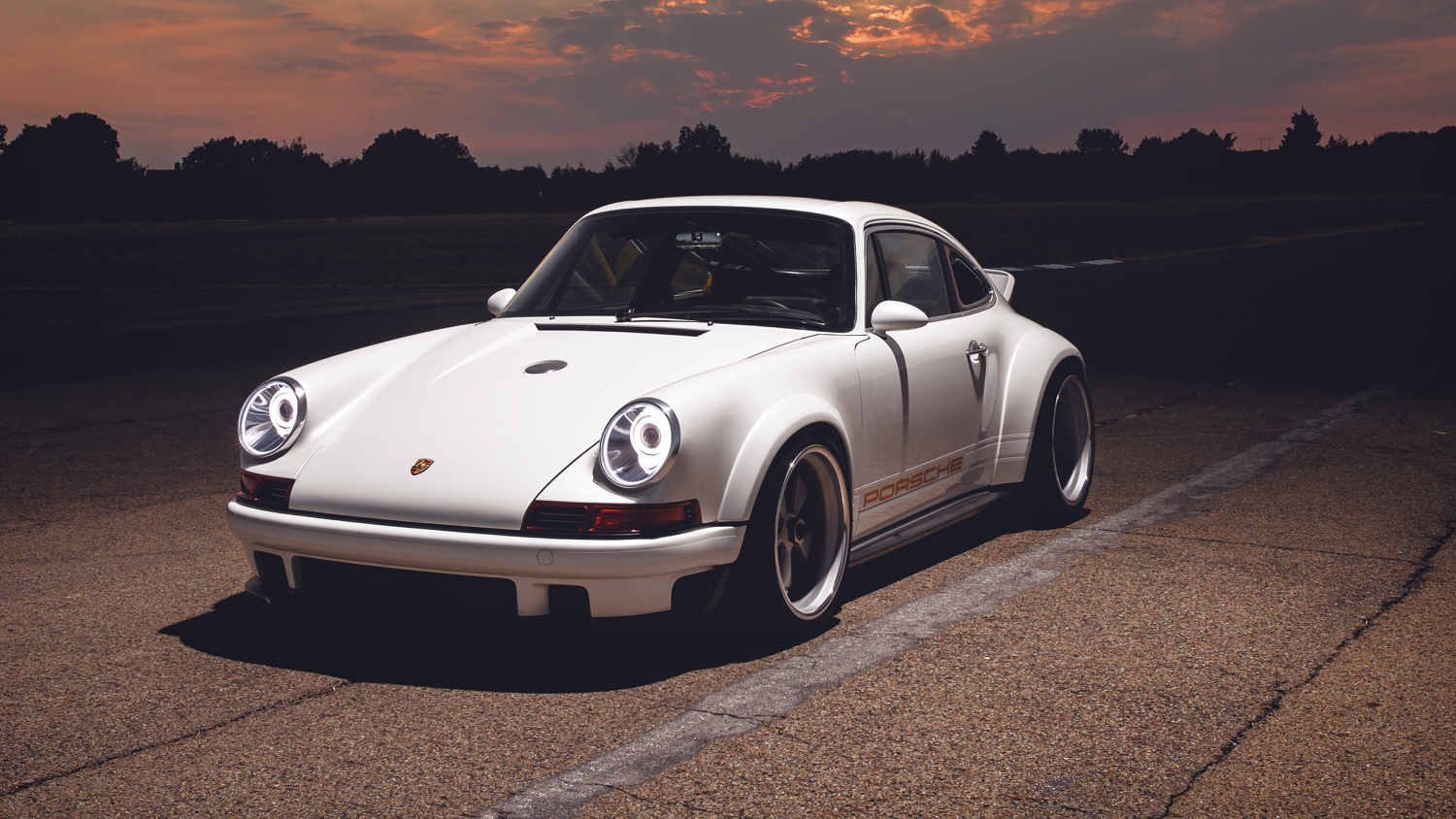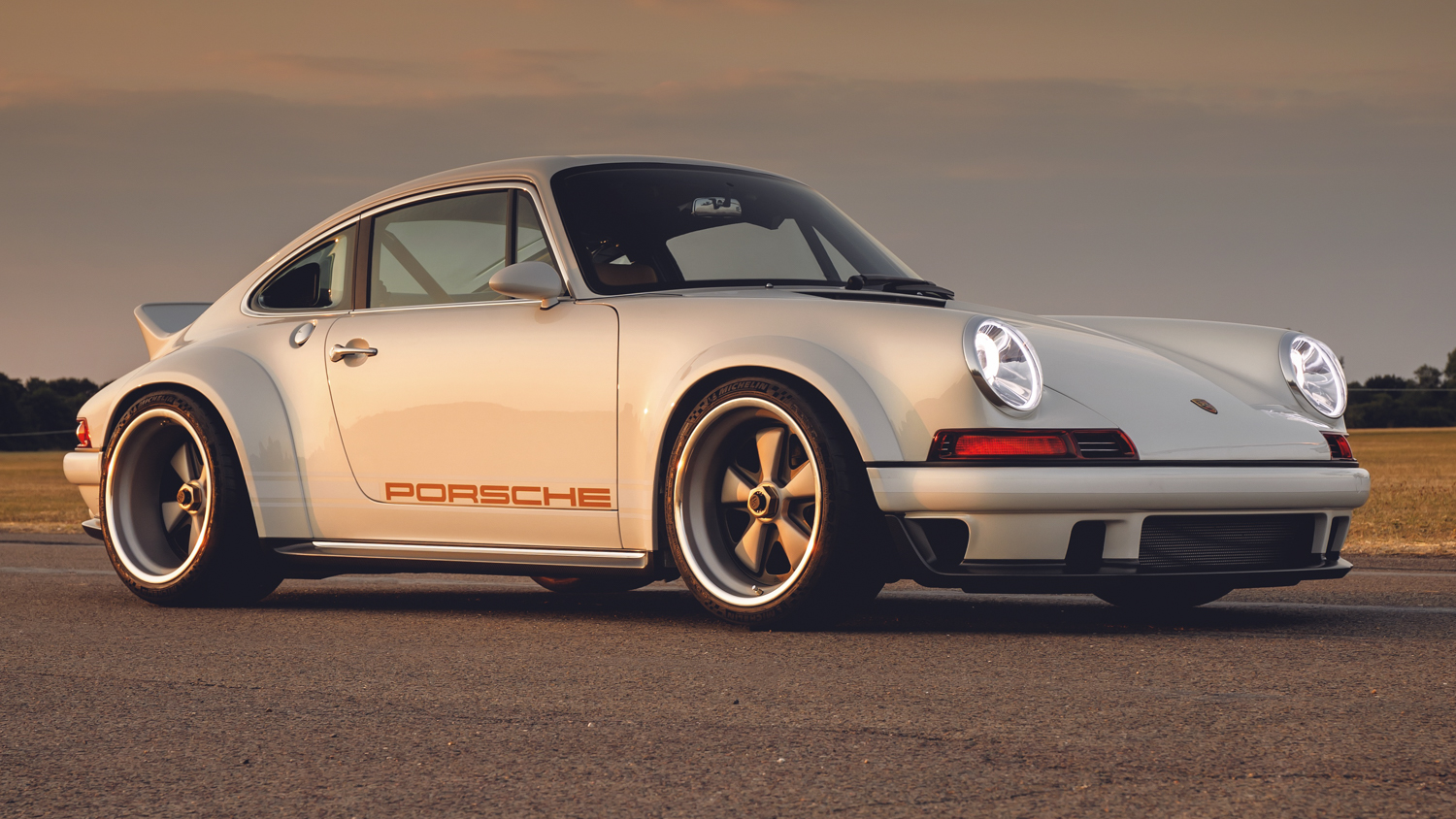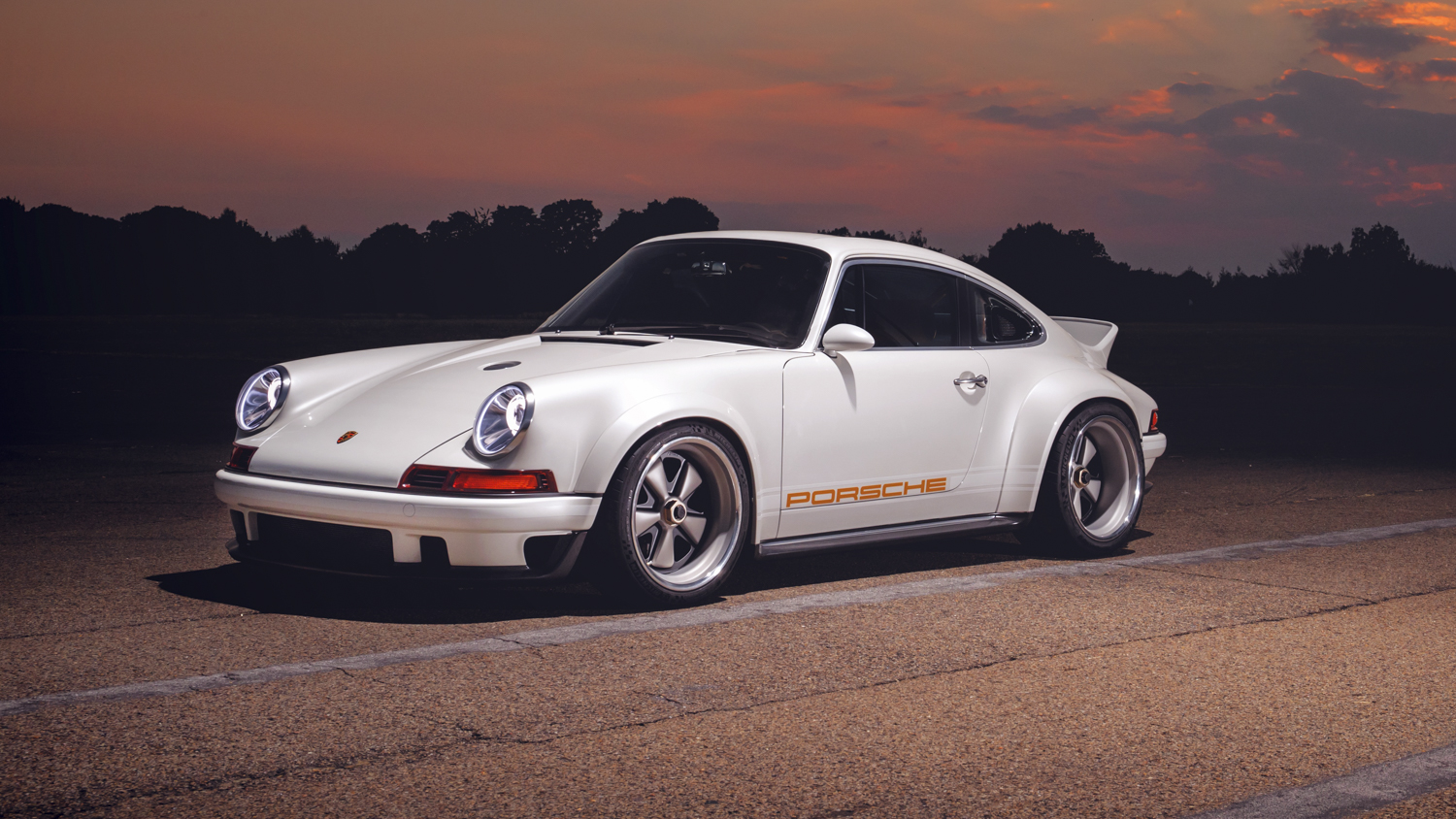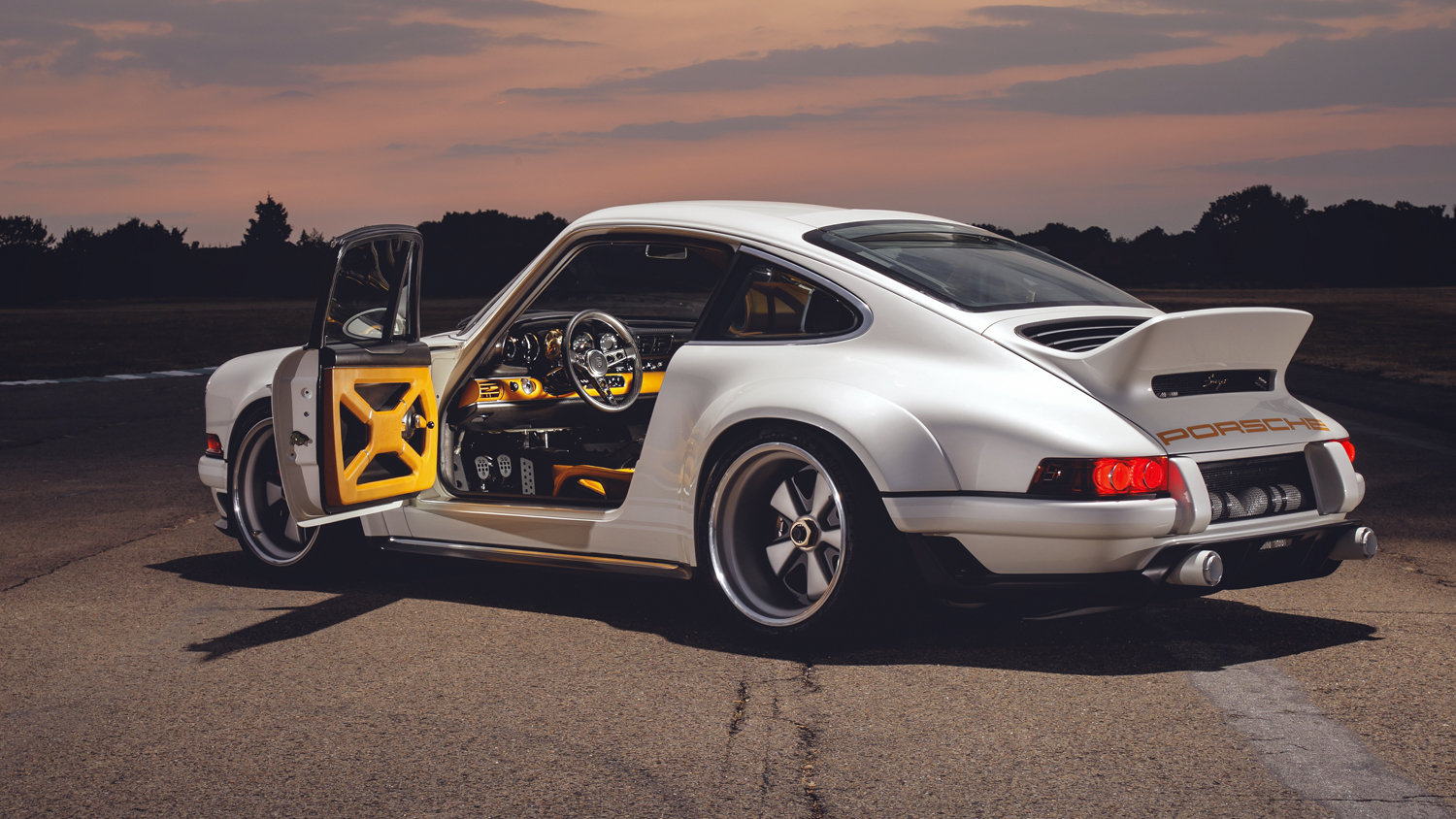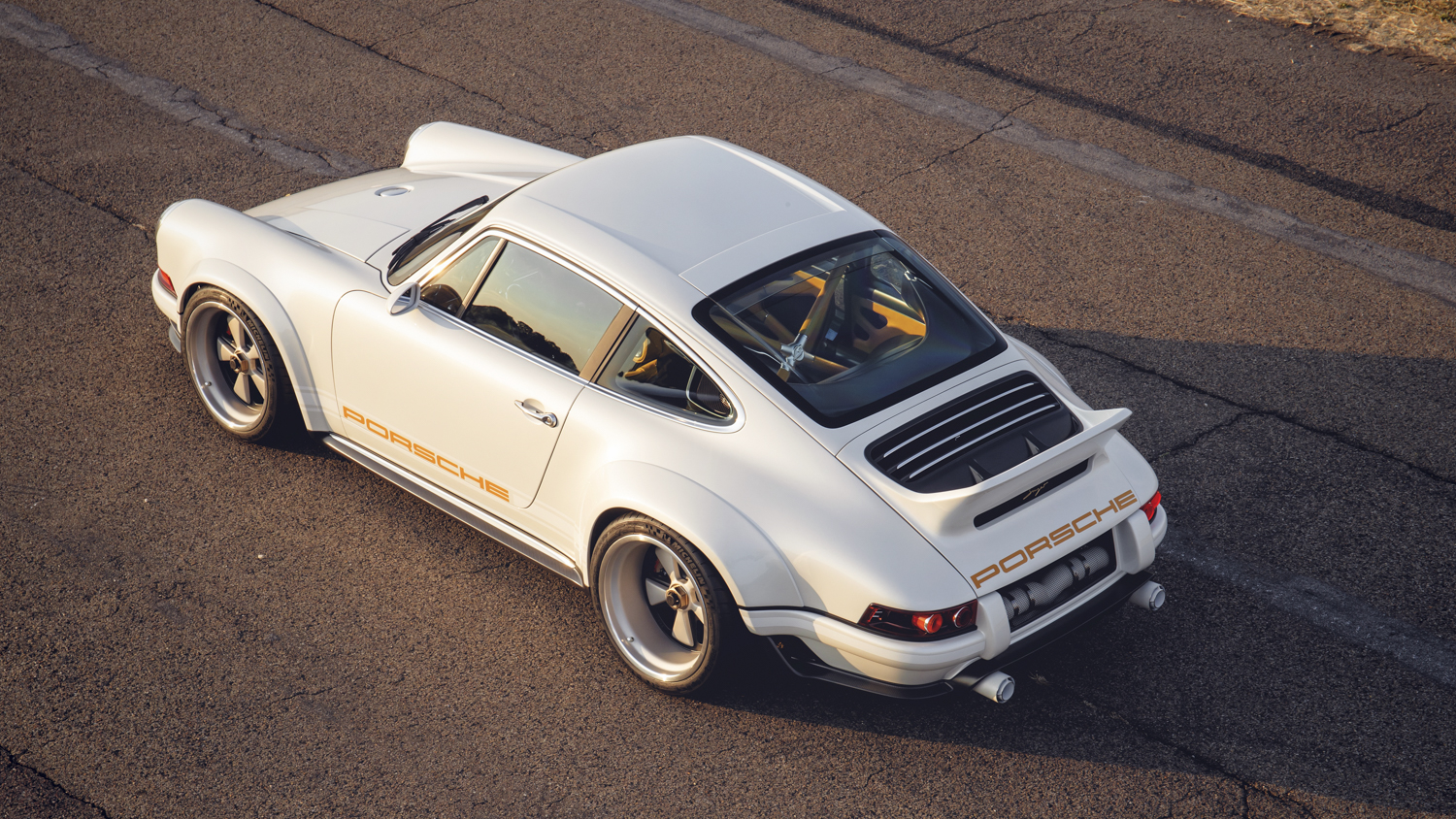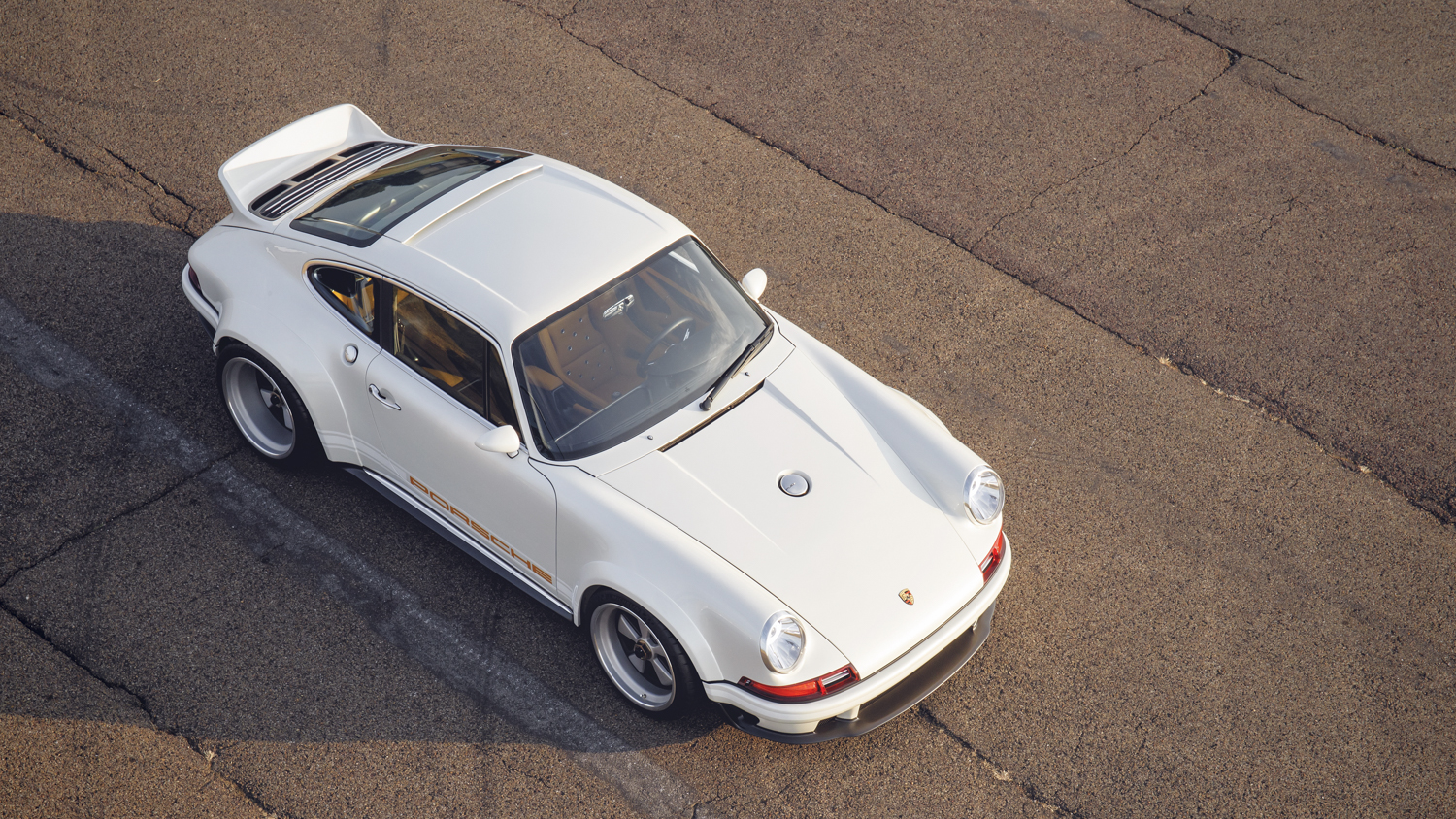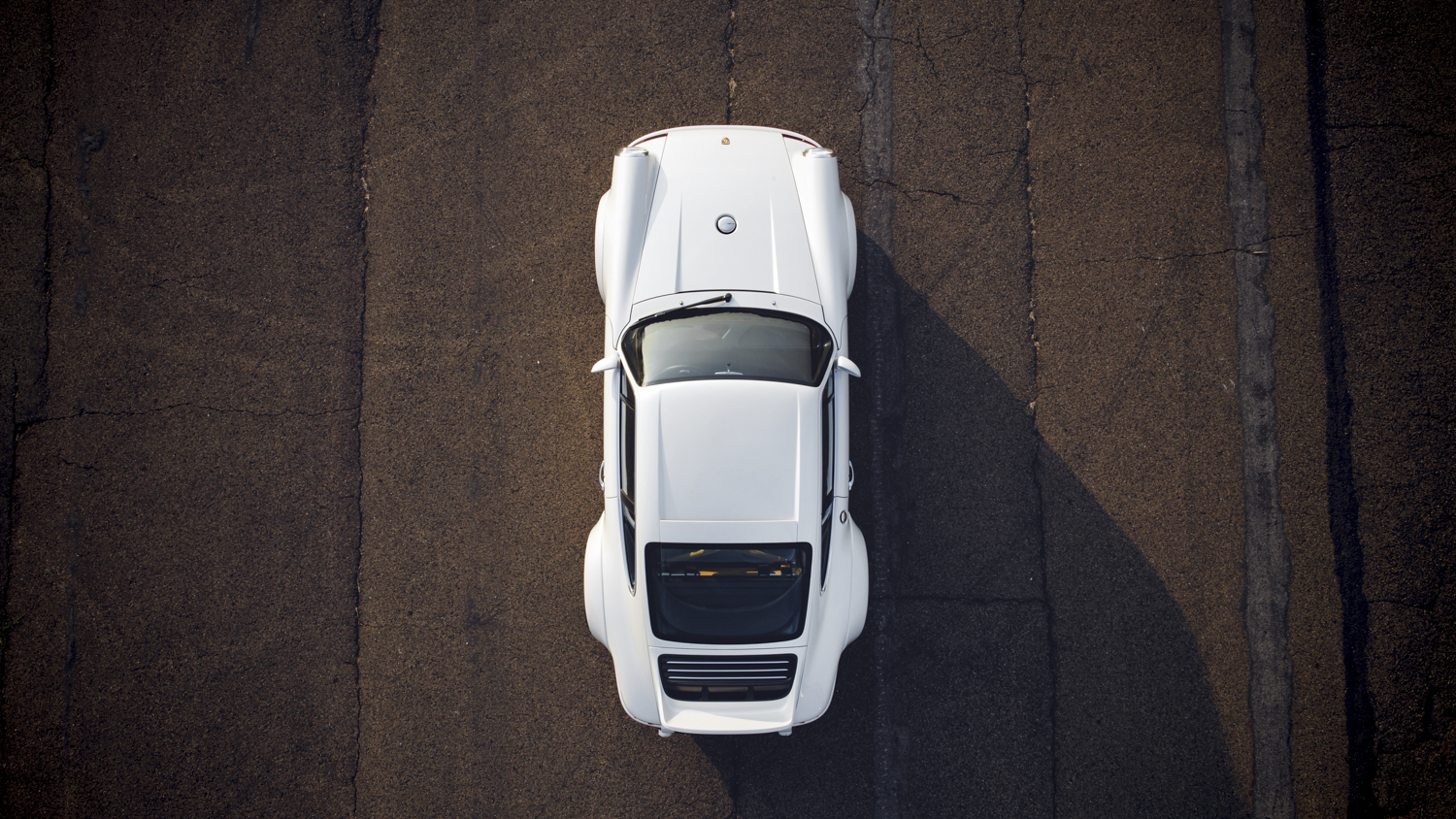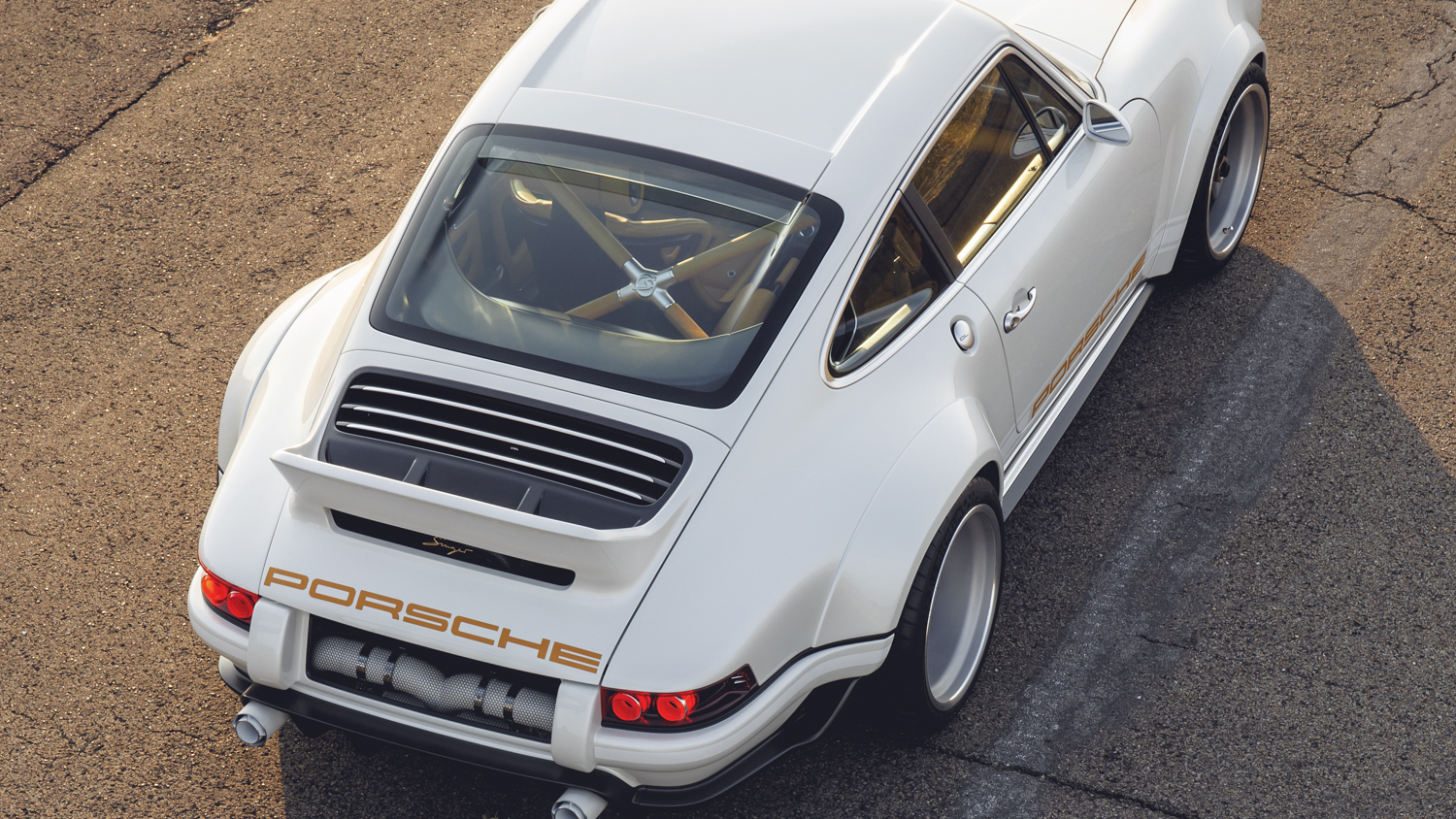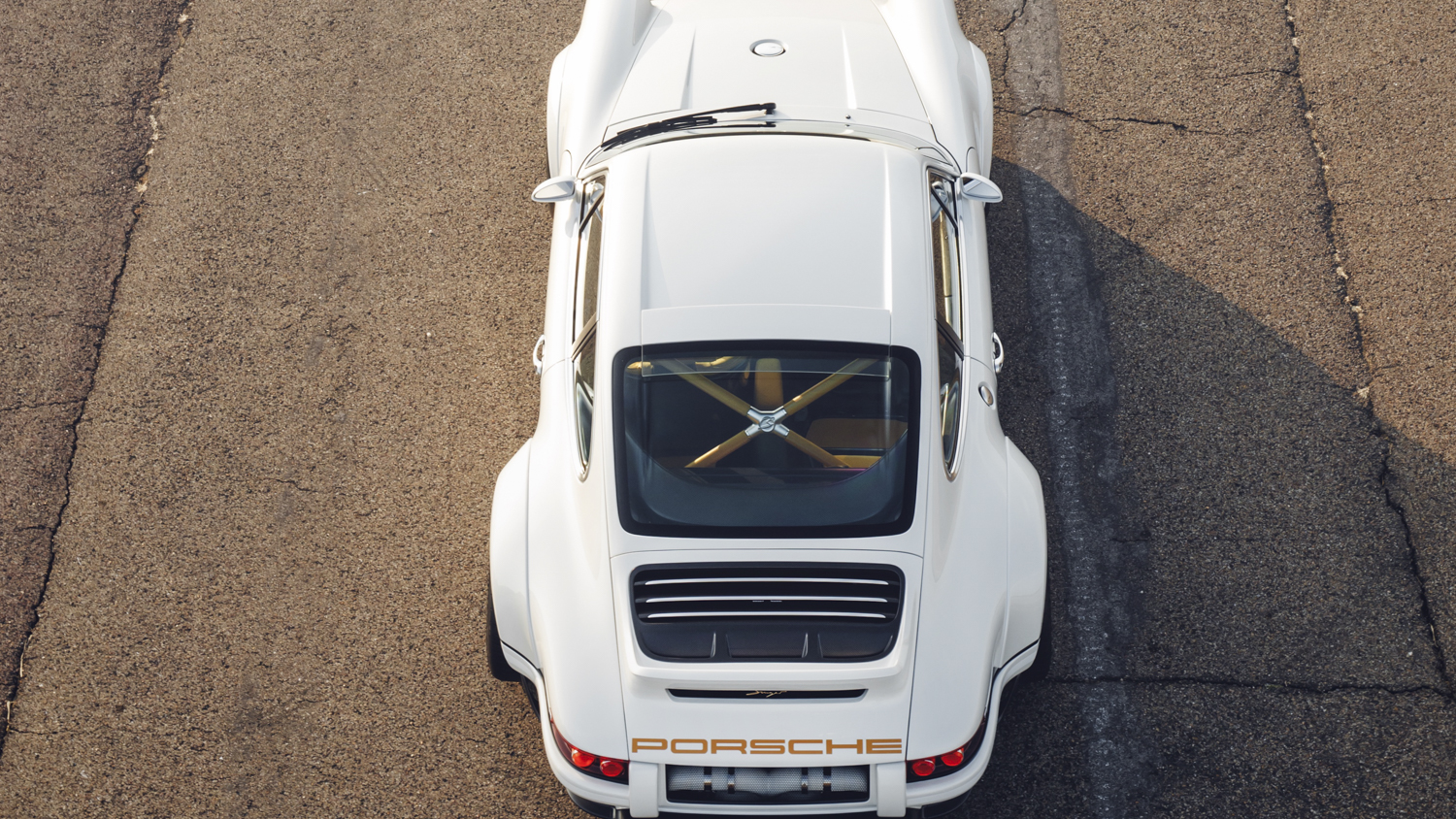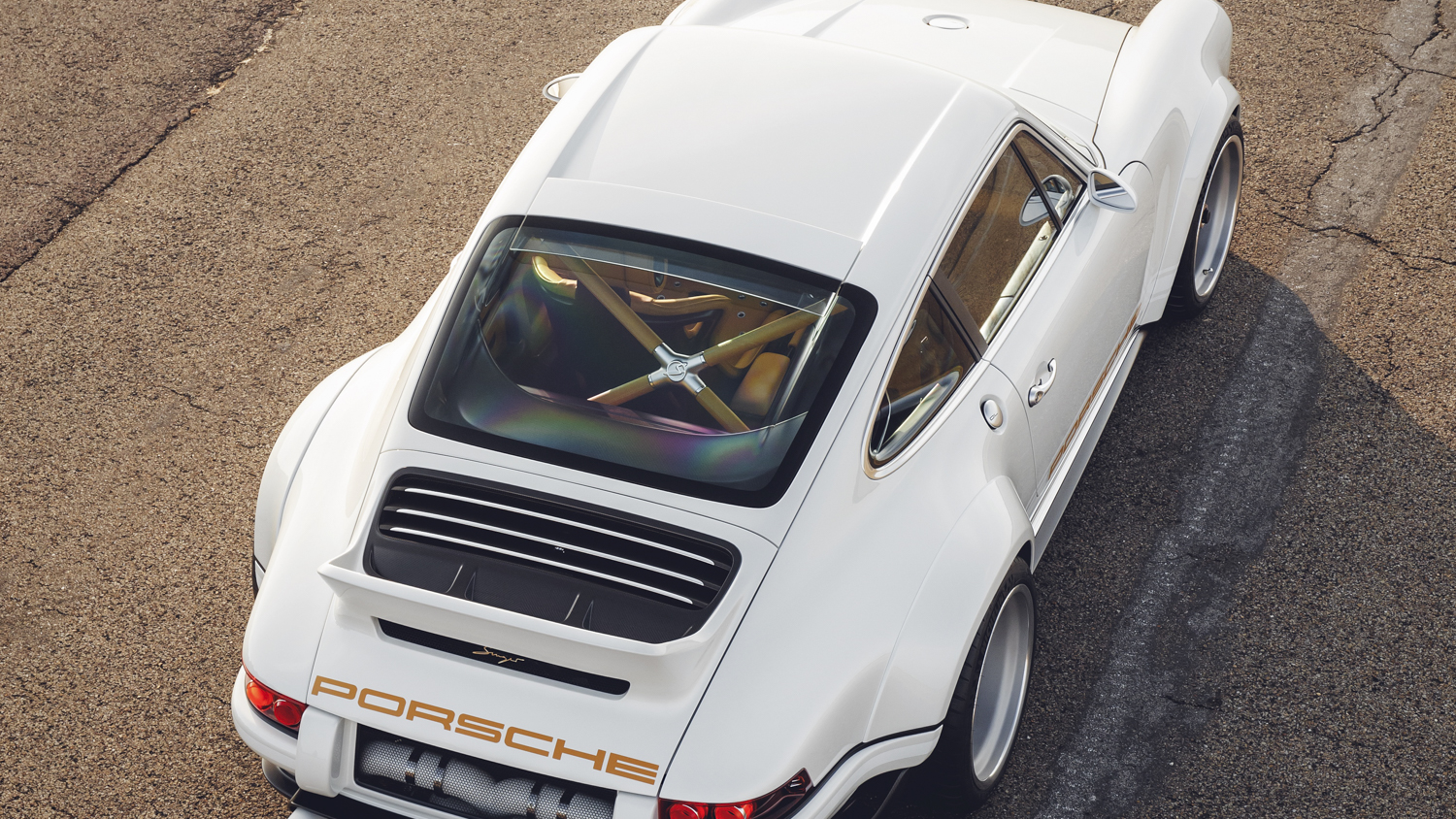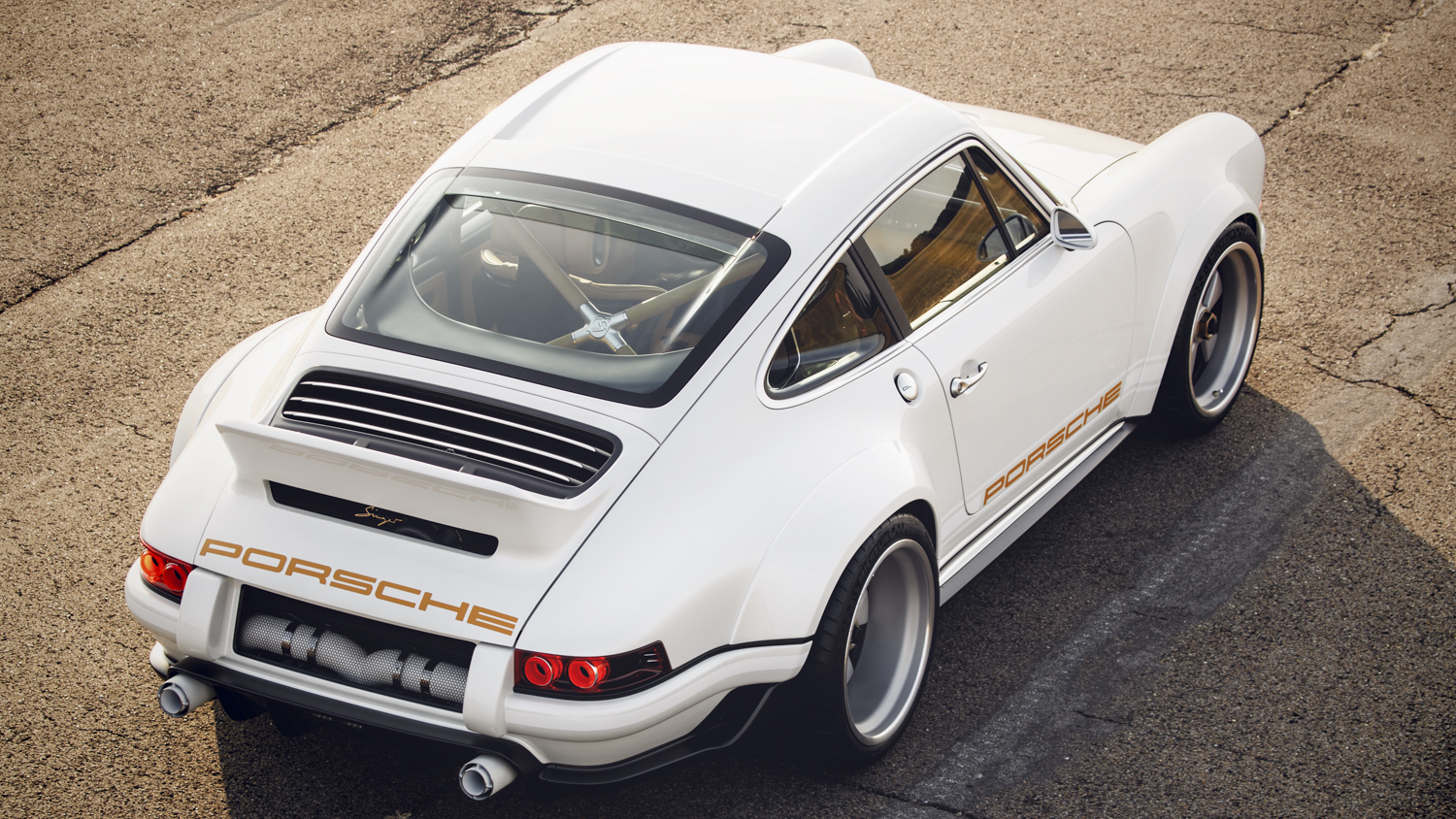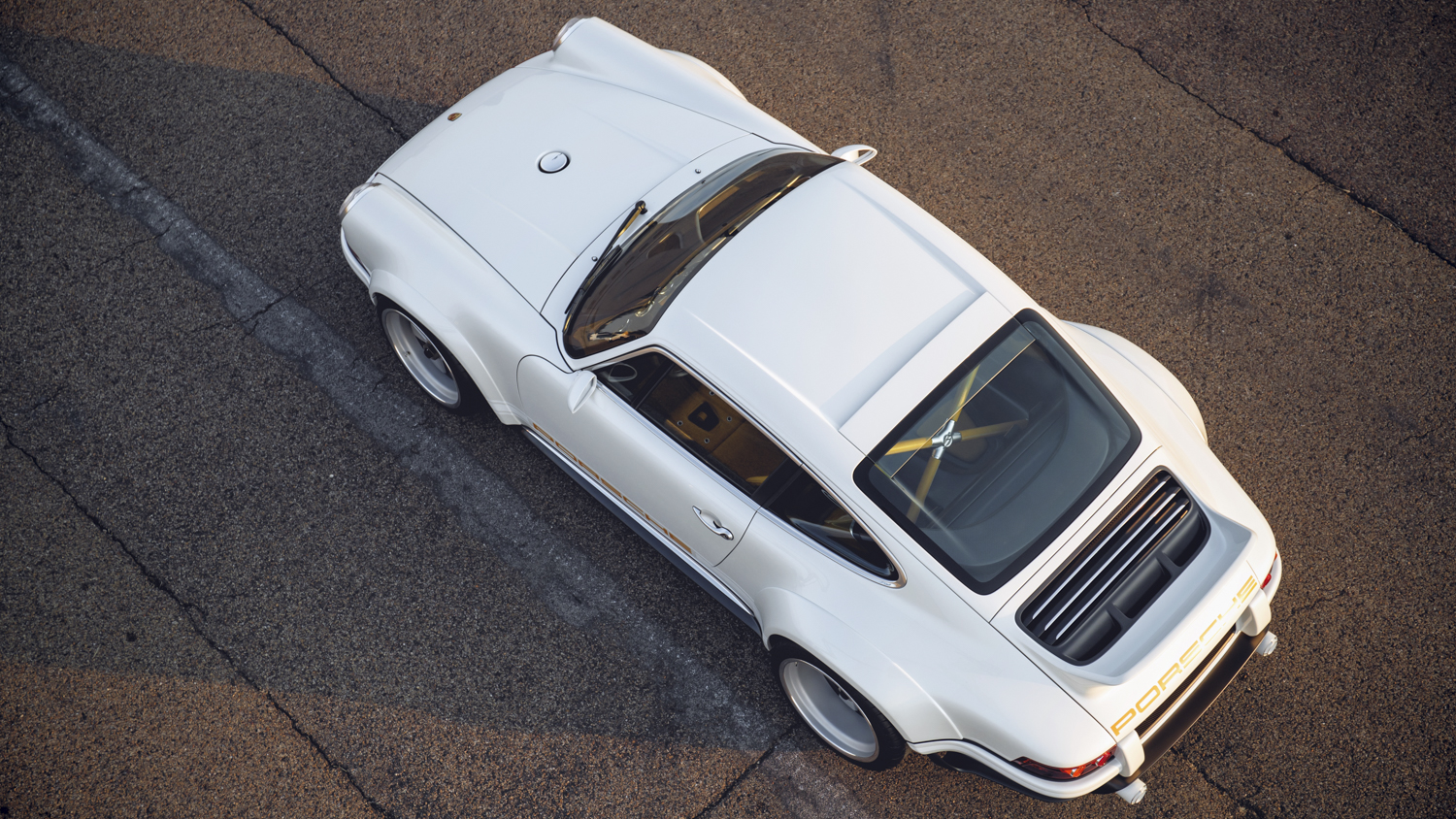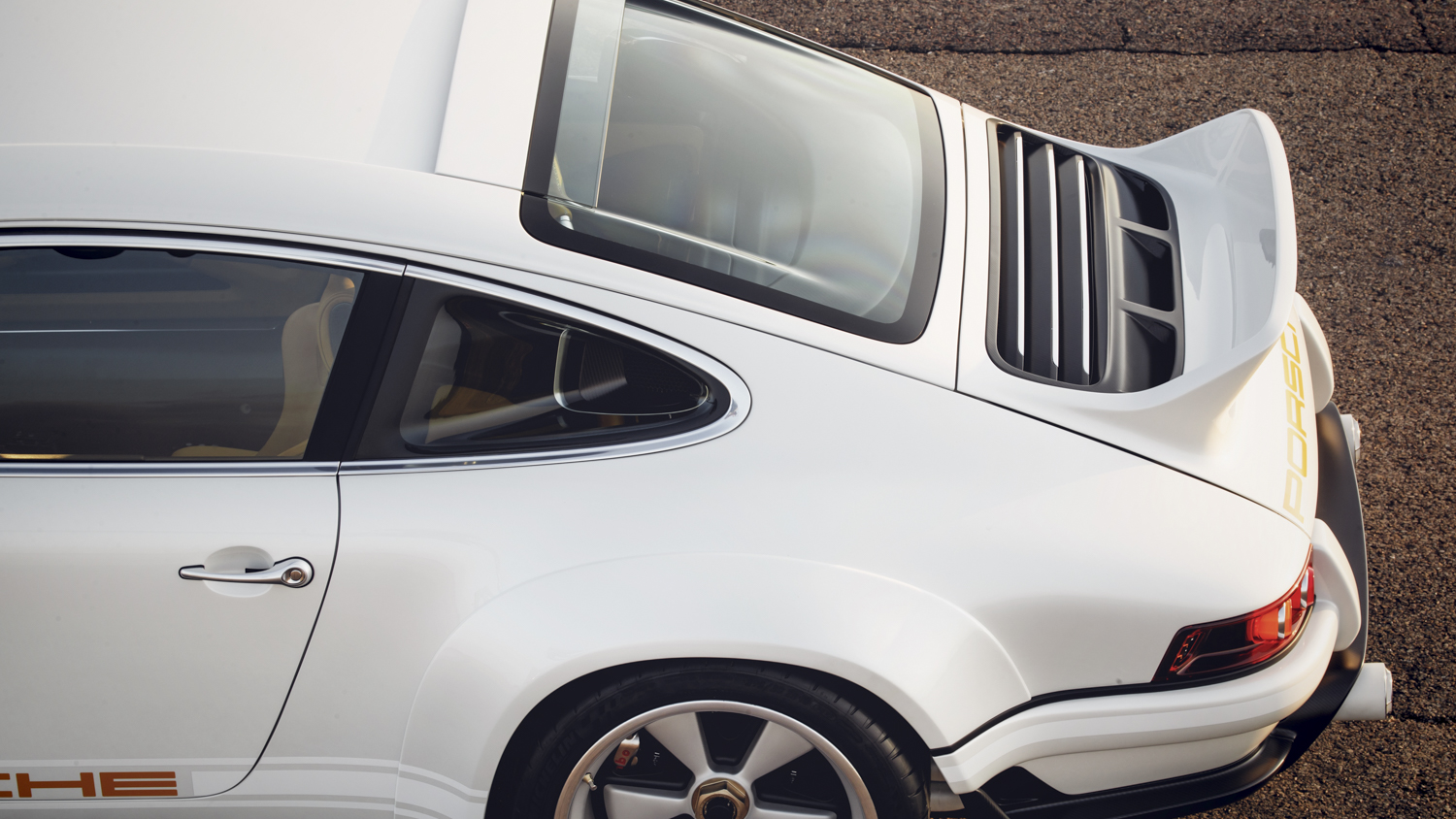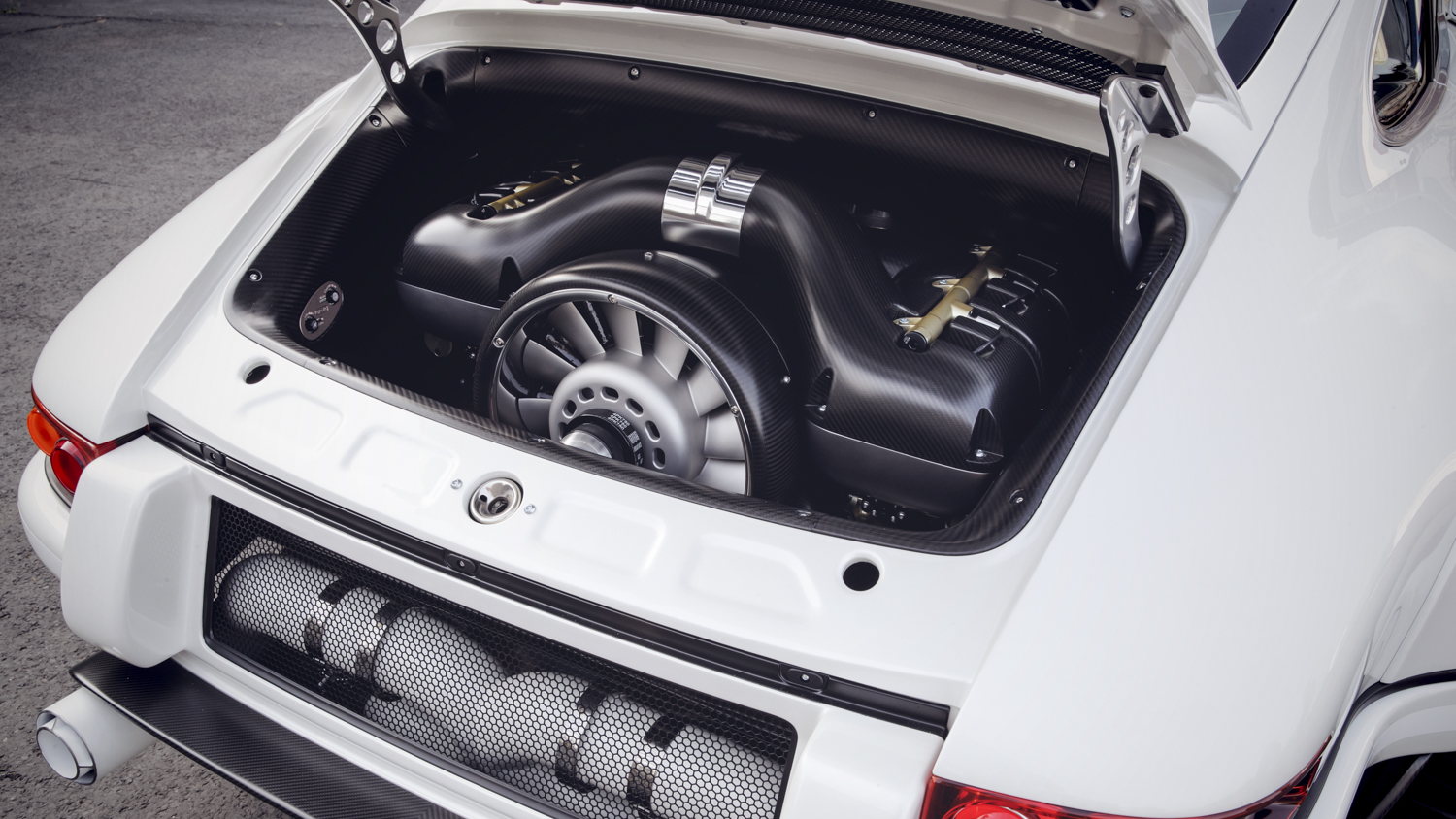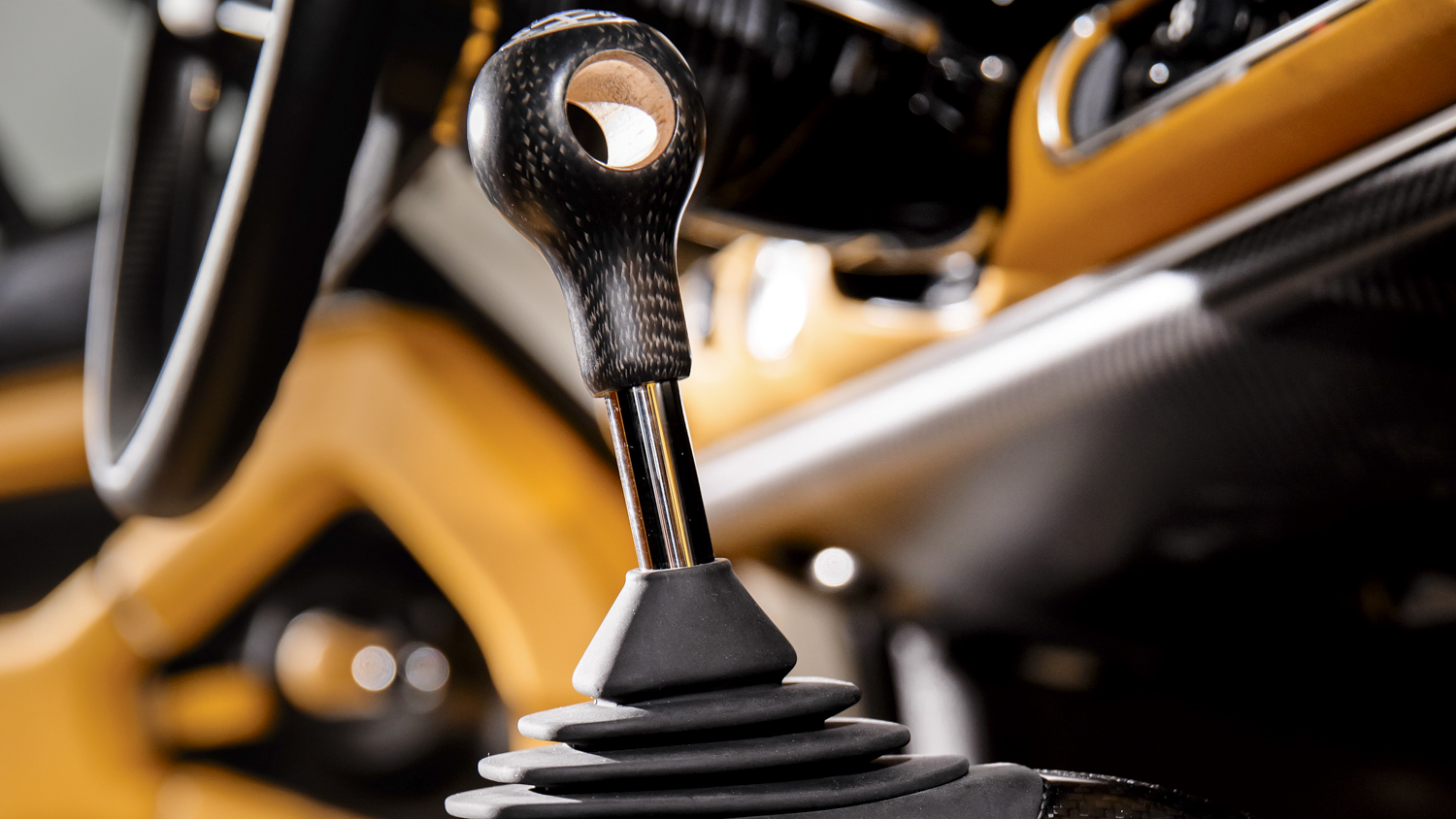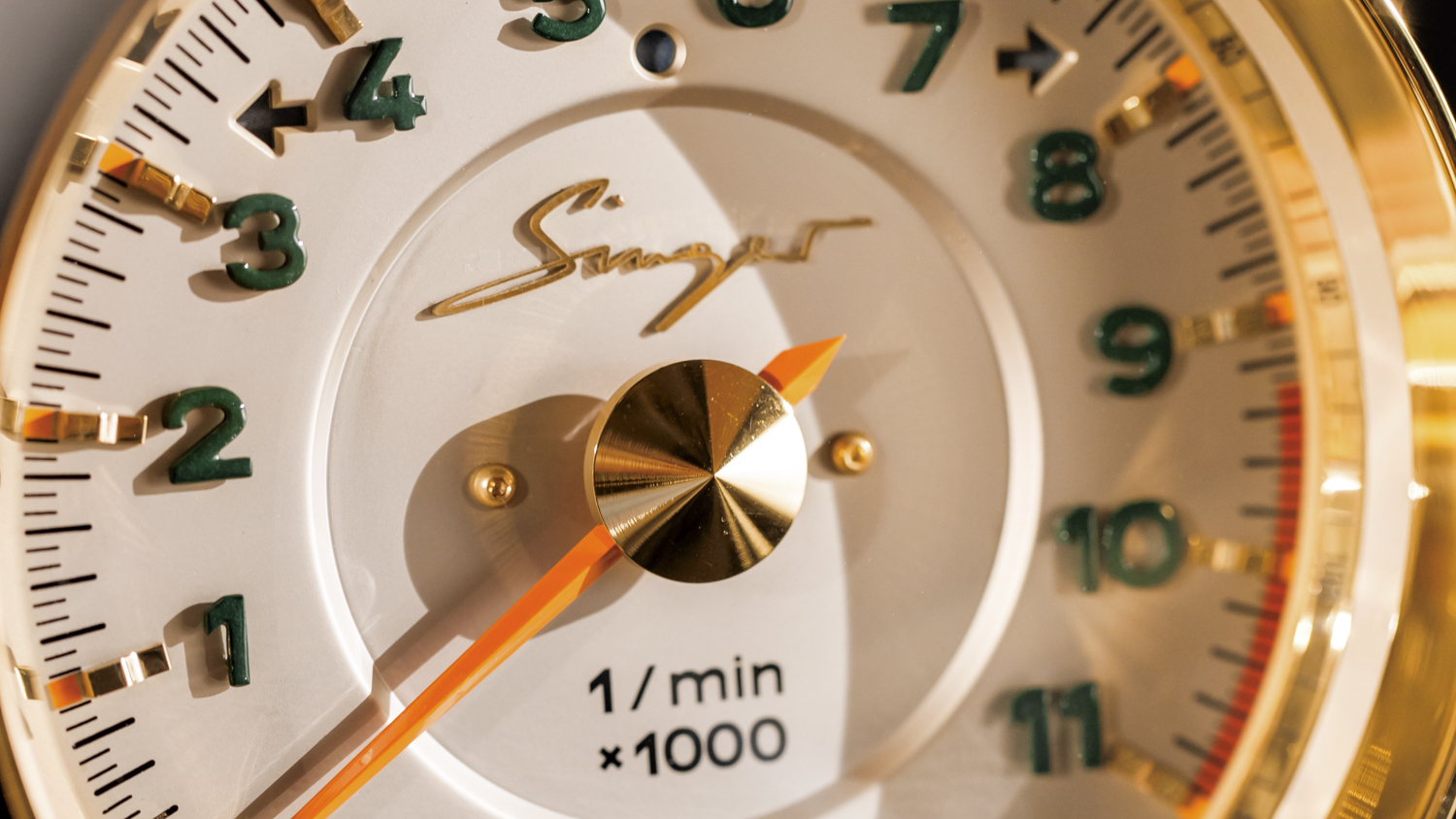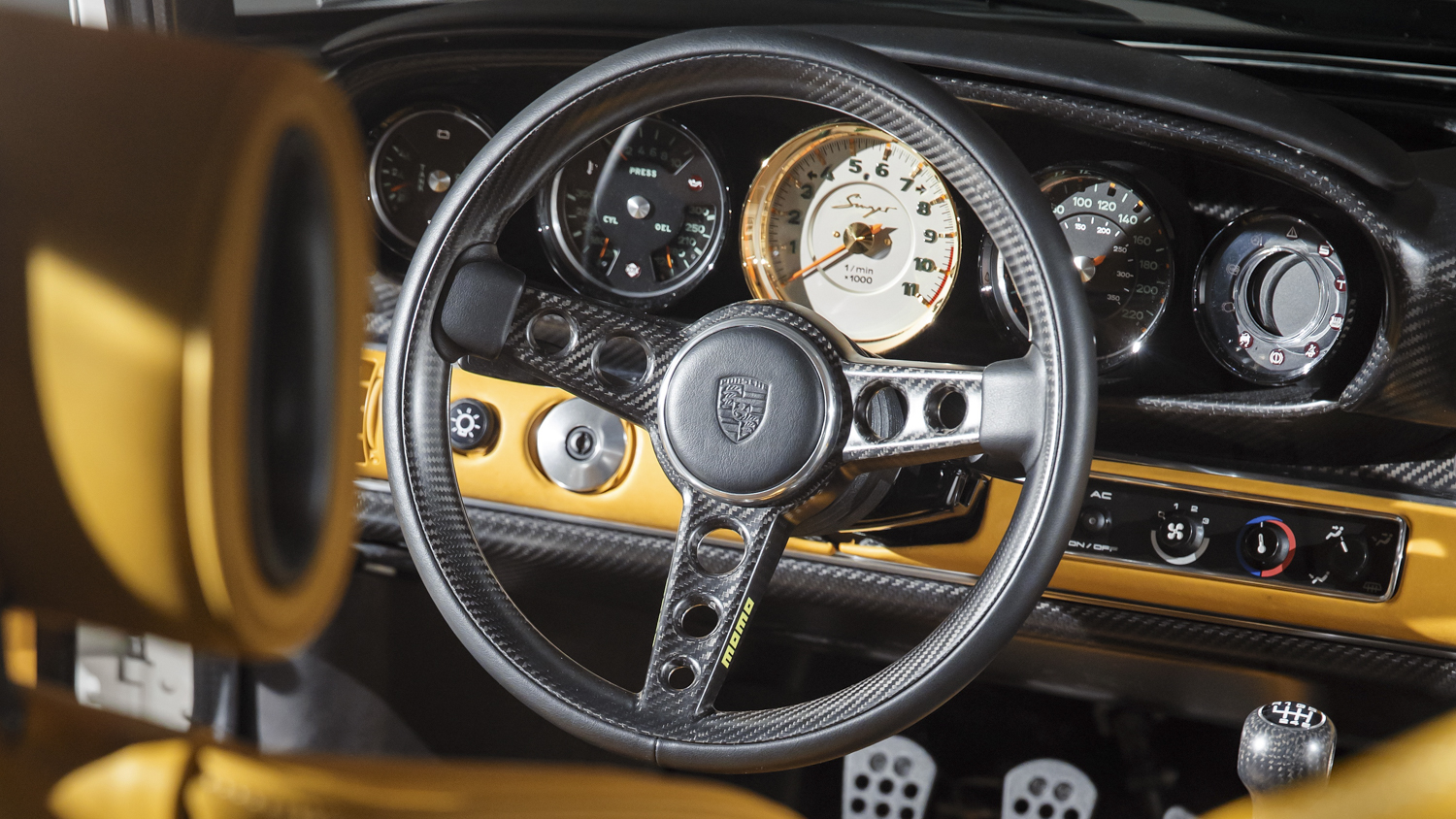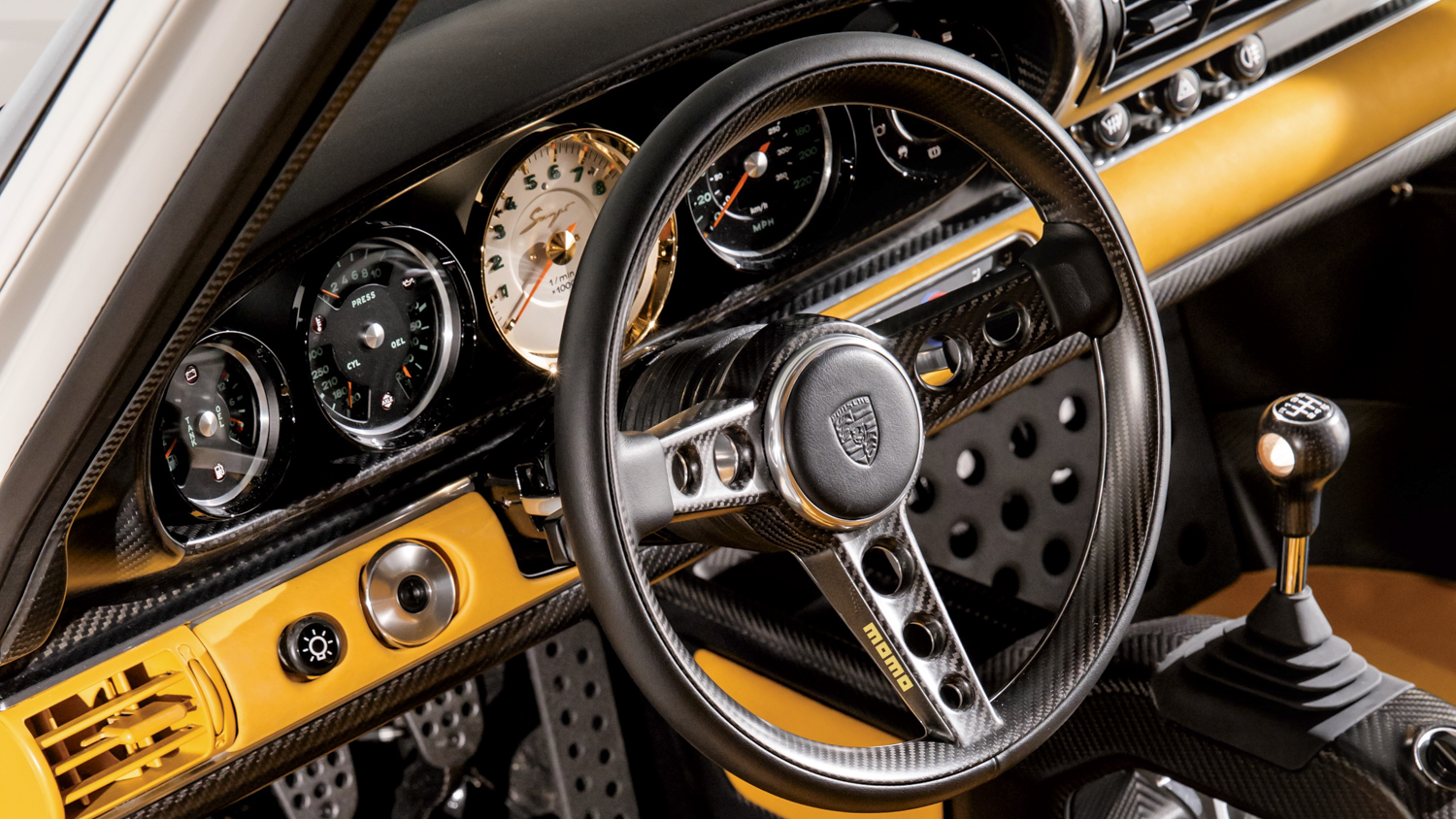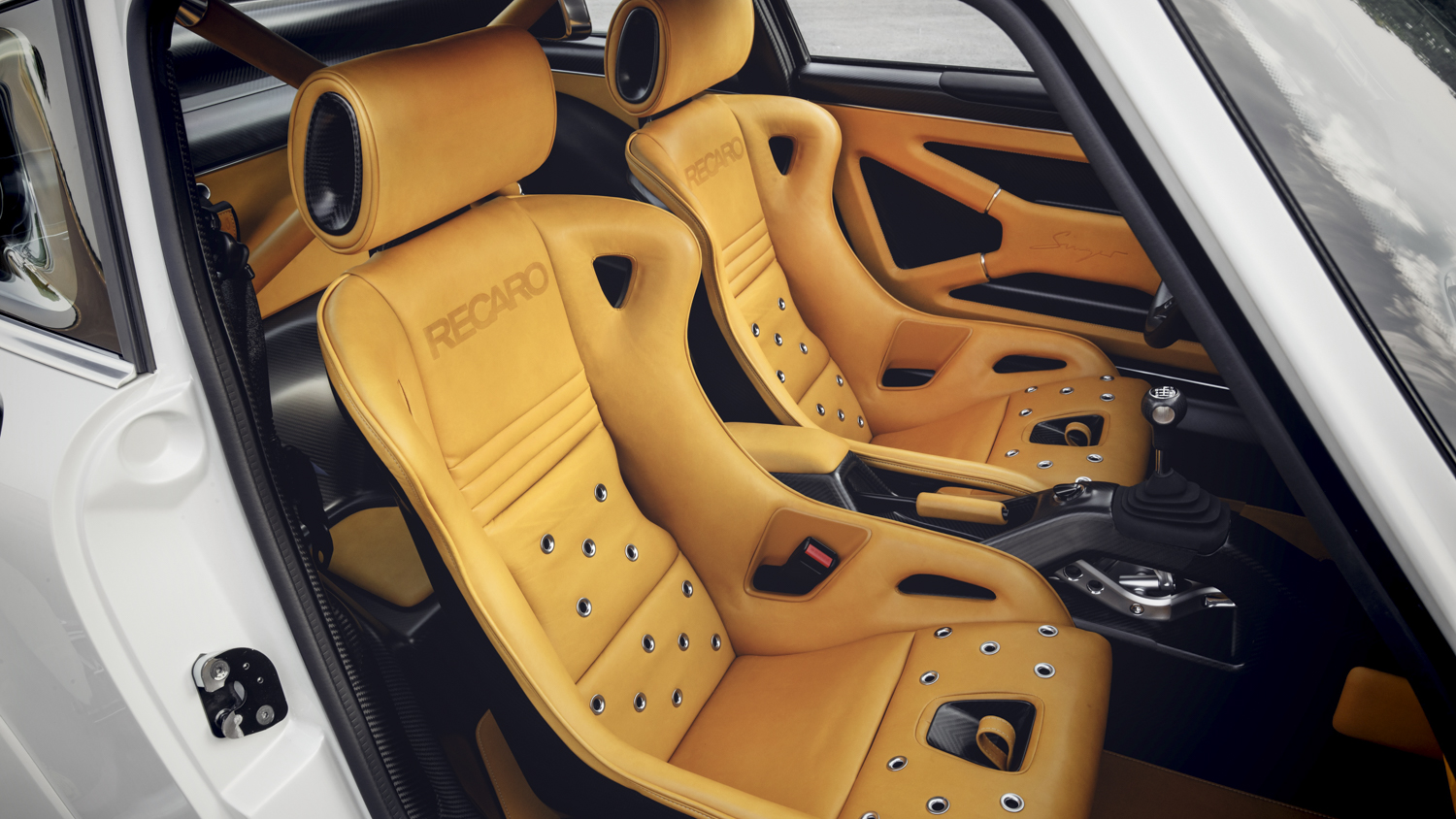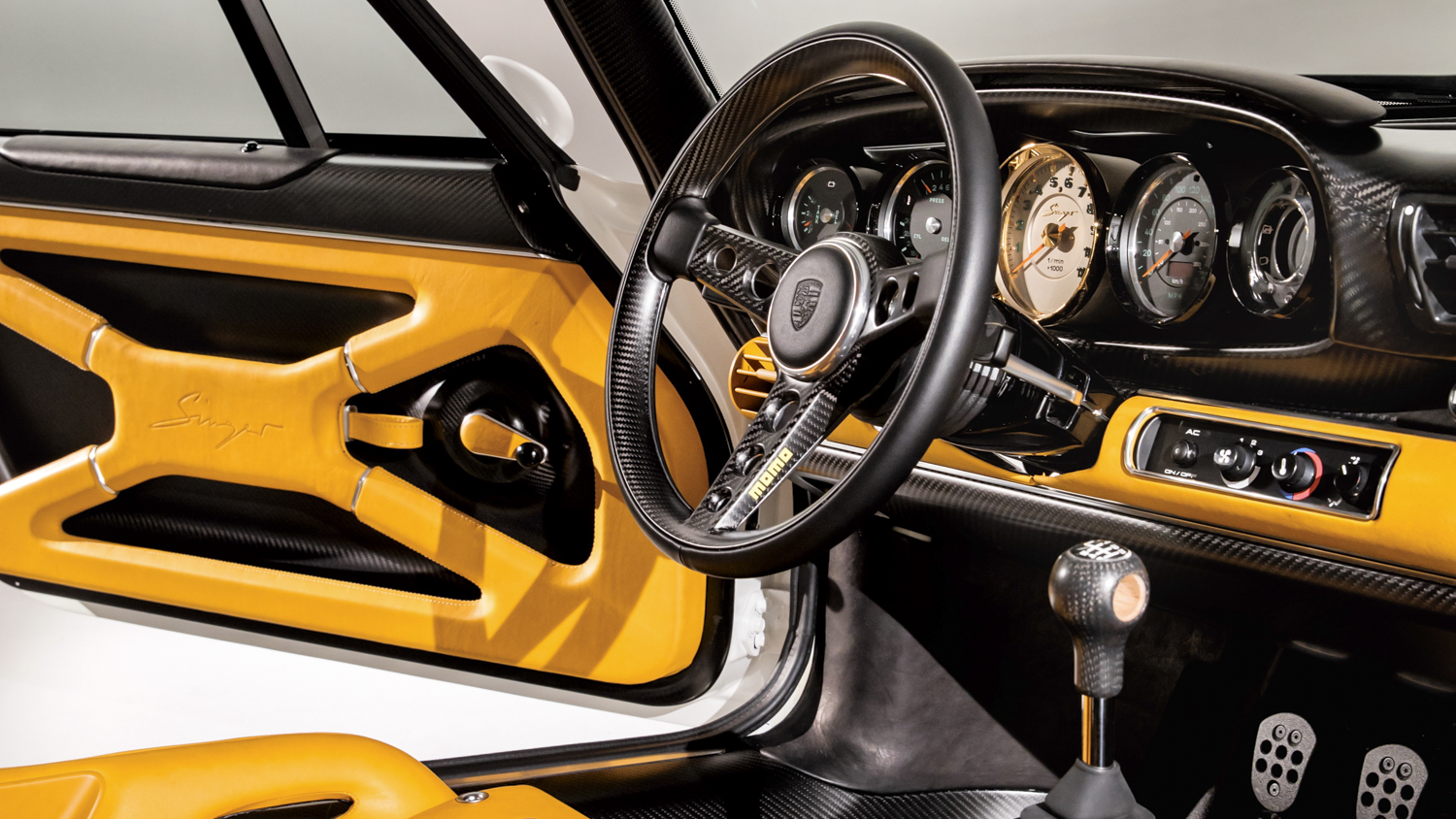There are few cars on this Earth that I’d actually consider robbing a bank to fund. The Apollo IE. A Ferrari 246 Dino. A Purr Sang Bugatti Type 35. For Singer Vehicle Design’s reimagined Porsche 911 DLS, however, I’d start a crime spree that’d put Bugsy Siegel to shame.
For the uninitiated, Singer Vehicle Design isn’t your average Porsche 911 restoration house. It doesn’t just repaint, repair, replace, and update to factory specs. Anyone can do that. In terms of a great whiskey, Singer selects the malts, distills those 911 flavors and tastes — the essence of what makes a Porsche 911 — bottles it in the finest charred-oak barrels, then locks it away for years until it’s not only the most delicious whiskey you’ve ever drunk but also the most expensive. In short, Singer Vehicle Design is a rock star in the art of the 911 and the company’s latest spirit is 180 proof.
The car has been dubbed the DLS, which is short for Dynamics and Lightweighting Study. The DLS is the sum total of everything Singer Vehicle Design has learned, massaged, and perfected over its history. It is quite literally perfection.

The DLS started life as your average Porsche 964-generation 911. The project was commissioned by a Singer client who asked the company for something that’s not only wickedly fast, but also a car that would take lightweighting more seriously than anything Singer has ever built. For that, Singer leaned on its technical partner in the United Kingdom, Williams Advanced Engineering — part of the Formula 1 group — and not only came up with what is likely the wildest air-cooled 4.0-liter flat-six engine ever developed, but a true lightweight ready to tackle canyons, race tracks, and give the client the thrill of a lifetime.
Let’s talk about that engine for a second. The 4.0-liter flat-six is normally aspirated (no fancy turbochargers here). The engine is based on the Hans Mezger design but developed by Williams to produce 500 horsepower and rev to 9,000 rpm. Throughout the engine, the design used not only the strongest parts available, but also lightweight parts, including titanium valves, magnesium, lightweight throttle bodies with F1-derived up and lower injectors, and a new oil system to help cool the engine.

The DLS was then dressed down by Williams and studied to figure out where weight could be saved. Then parts were built, forged, milled, or compressed to compose the body, the suspension, and the chassis to ensure that original goal was met. But not only did Singer and Williams develop a lightweight and mega powerful 911, but the two companies toyed with the DLS’ overall aerodynamics. Every panel, according to Singer, was re-assessed using “computational fluid dynamics,” which allowed the companies to eliminated all front-end lift and develop a roof-channel and roof/rear window spoiler that funneled the air to the ducktail wing that creates real downforce at the rear — something the original car did not do.
Singer even went so far as to partner with Michelin for a special compound using the Pilot Sport Cup 2 design that’s bespoke to Singer. Furthermore, wheel company BBS made a bespoke lightweight magnesium wheel for the DLS. However, Singer has asked BBS to make a series of the wheel just for the company. Only a handful will ever be made.
As for the interior, I’ll shut up now and let you ogle to your heart’s content. But be prepared to lose a healthy portion of your workday as you pore over the car’s finer interior details.
Lastly? Price. Singer hasn’t officially stated how much the DLS set the client back, but according to someone who spoke with Singer’s Rob Dickinson, the DLS costs north of $1.8 million, and while that’s a lot, that’s the actual price of what the engineering and parts cost, no markup.
In the end, all we’re left with rolling around in our heads is: “Damn.”
